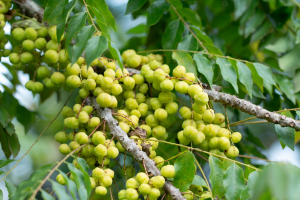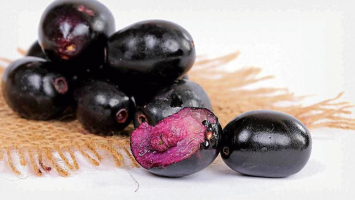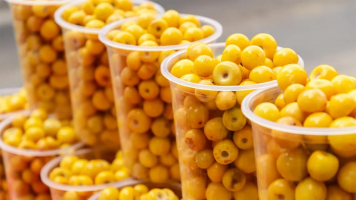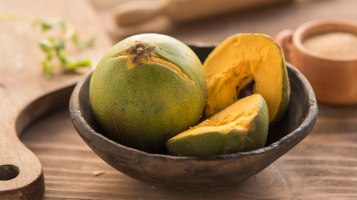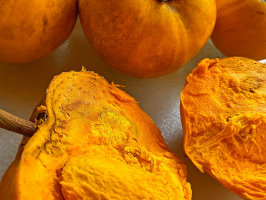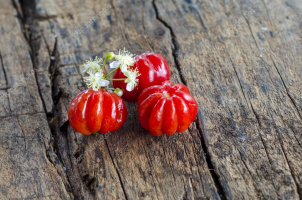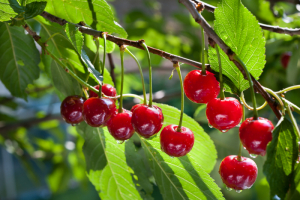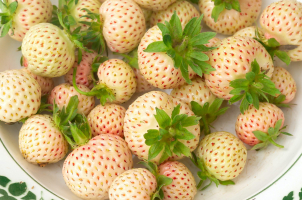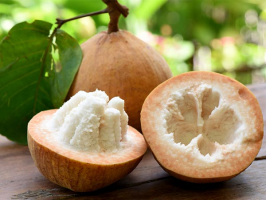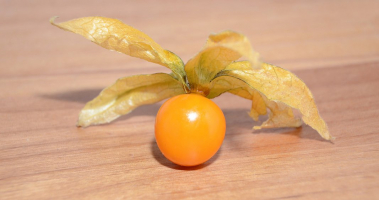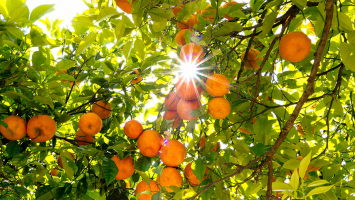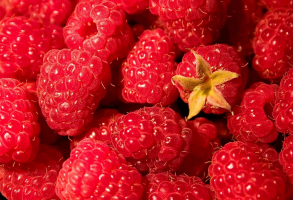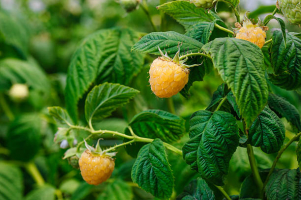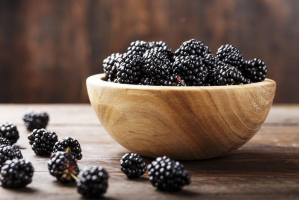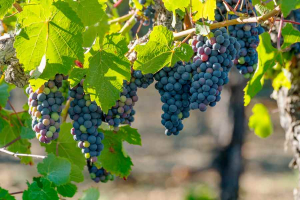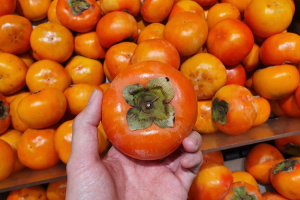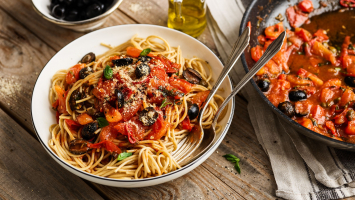Top 10 Most Delicious Cuban Fruits
Fresh fruit may be found growing all around Cuba due to its Caribbean location, tropical temperature, and rich soils. What makes Cuban fruit so special is that ... read more...almost all of the tropical fruit on the island has been grown locally and it is usually organic. Additionally, fruits are naturally incredibly healthful and delicious. Below are the most delicious Cuban fruits, let's find out!
-
Melicoccus bijugatus is a fruit-bearing tree in the soapberry family Sapindaceae. This fruit is native to Central America, the Caribbean, and South America, so many natives and tourists in Cuba love it. Its stone-bearing fruits are edible. It is also called Bajan ackee, genip, guinep, genipe, ginepa, kenèp, quenepa, quenepe, quenette, chenet, skinup, talpa jocote, mamón, limoncillo, canepa, skinip, kenepa, kinnip, limonussy, huaya, or mamoncillo.
Trees have complex, alternating leaves and can grow as tall as 25 meters. The four elliptic leaflets on the leaves measure 5–12.5 cm in length and 2.5–5 cm in width. They are mainly dioecious plants, but occasionally there are autogamous trees. Green, empty drupes that are 2.5–4 cm long and 2 cm wide are produced by flowers with four petals and eight stamens. The color of its pulp is orange, pink, or yellowish, and it has a somewhat juicier and pastier texture. The fruit is a spherical drupe with a thin, fragile green peel that is about 2-4 cm in diameter. One (or, in rare cases, two) pale seeds that are encased in a delicious, orange, luscious, gelatinous pulp make up the majority of the fruit. The appearance of this fruit has many similarities with lychee. Many mamoncillos attach in bunches.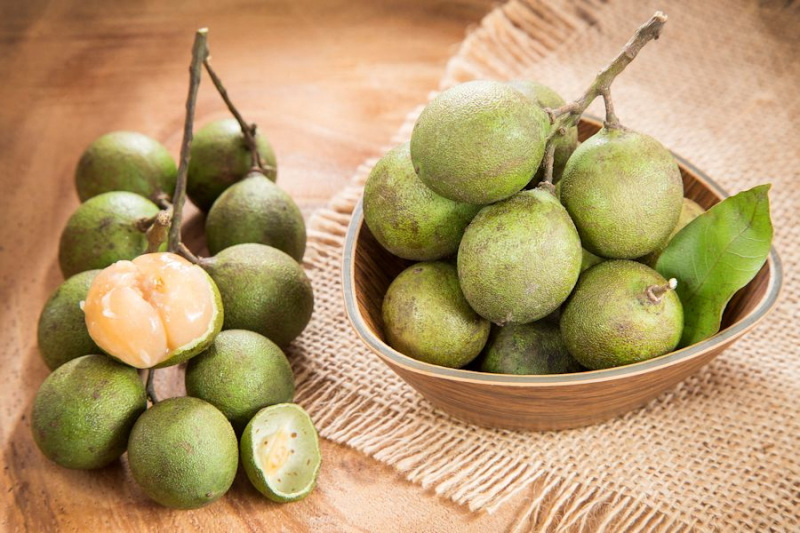
Trendiko 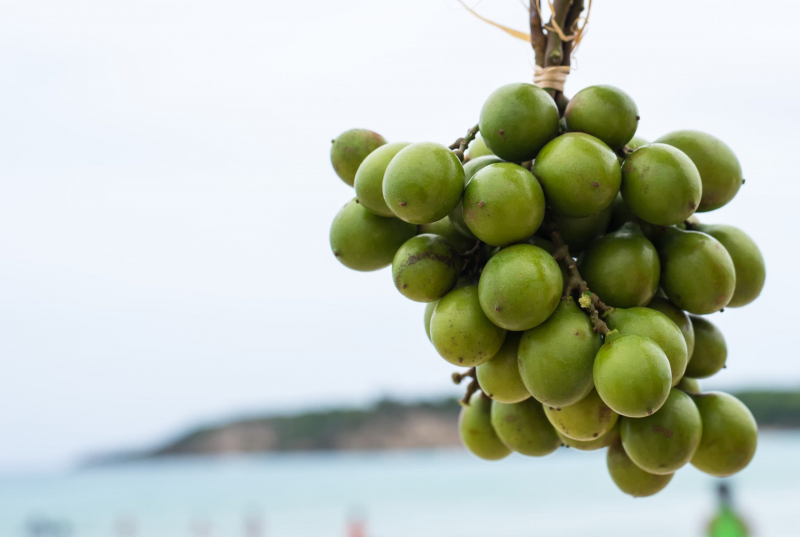
Healthier Steps -
Ciruelas, botanically classified as Spondias purpurea, are small fruits that grow on deciduous trees that can reach up to fifteen meters in height and are members of the Anacardiaceae or cashew family. Also known as Jocote, Spanish Plum, and Mombin, there are two main varieties of Ciruela fruits, one red and one yellow, and these fruits are widely popular in Central America for their sweet-tart, juicy flavor. Ciruela fruits are available year-round, with varying peak seasons in tropical regions around the world.
Averaging 2 to 5 centimeters in diameter, ciruela fruits are tiny and elongated, obovoid, or oblong in shape. The smooth, thin, waxy, and shiny fruit skin is green when young and changes to yellow or brilliant red when ripe depending on the type. The fruits can grow singly or in small groups. The yellow pulp is stiff, acidic, and sour underneath the skin when unripe, and sweet, soft, and juicy when ripe. The flesh also contains a sizable, bitter, and fibrous white seed that is tightly adherent and inedible. Fruits from the ciruela tree are soft and supple, and they taste astringent, sweet, and plum-like.
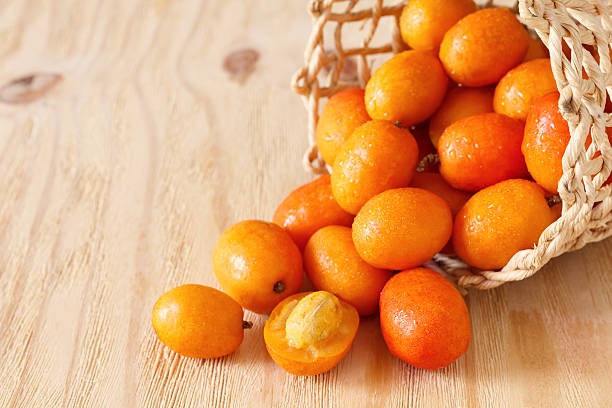
iStock 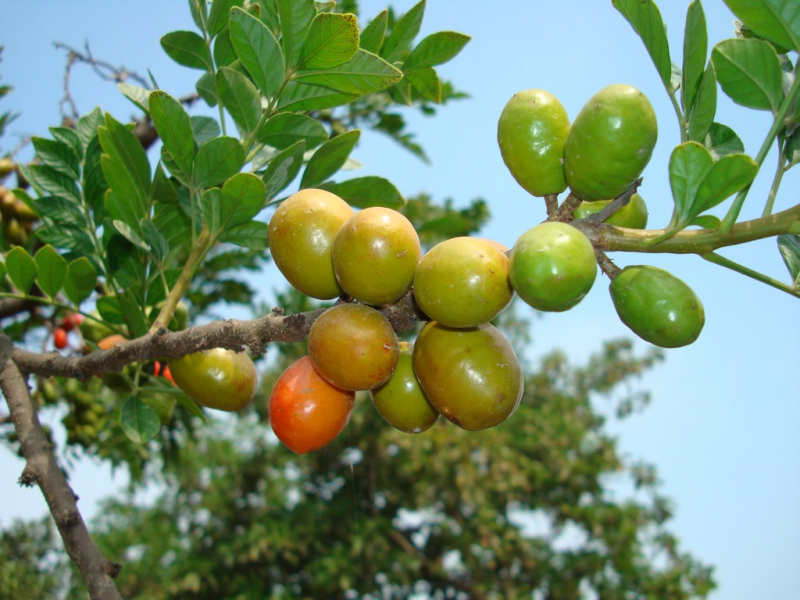
Flickriver -
Mamey sapote, botanically classified as Pouteria sapota, is an ancient pre-Hispanic fruit belonging to the Sapotaceae family. Mamey is a national fruit of Cuba. Besides this name, it is also known as Sapote. This delicious fruit has its origin in Mexico and Central America. Furthermore, it is grown abundantly in the Caribbean and Latin America. Mamey sapote grows on slow-growing trees that can reach 15 to 45 meters in height. Once the trees have reached their fruit-bearing stage, Mamey sapote fruits can also take over two years to grow. The species does not grow true to seed, so the majority of the trees for commercial cultivation are developed from grafting for faster cultivation.
The mamey sapote is a medium to big fruit with a round, oval, or oblong shape with, occasionally, tapering, pointy ends. Its average length and diameter are 8 to 25 and 6 to 10 cm, respectively. The skin is grainy, scruffy, and somewhat rough, and ranges in color from light to dark brown. The flesh is soft, creamy, and dense behind the skin, varying in color from orange to red to salmon. It has a delicate, silky consistency and a slight squash-like odor. There are also one to four glossy, black-brown, elliptical seeds in the center of the meat. The seeds can be extensively processed to remove the poisons and make them safe for use in cooking even if they are hazardous and inedible when eaten raw. Mamey sapote is only edible when fully ripe and gives slightly pressure when squeezed. The flesh bears a complex sweet and savory flavor, containing subtle notes of vanilla, nutmeg, apricots, and root beer mixed with honeyed pumpkin, squash, and sweet potato nuances.
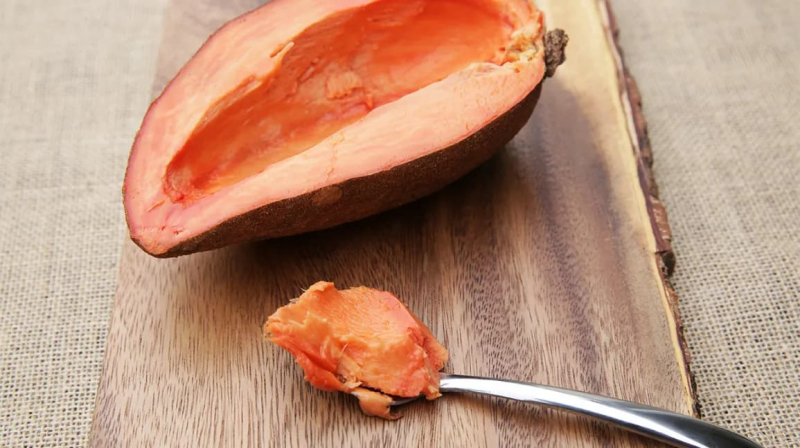
Healthline 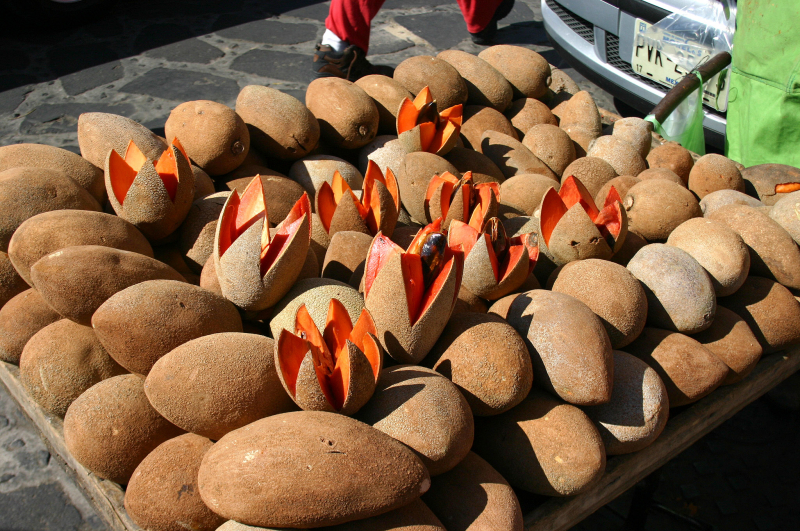
Wikipedia -
The loquat (Eriobotrya japonica) is a large evergreen shrub or tree, grown commercially for its orange fruit and for its leaves, which are used to make herbal tea. It is also cultivated as an ornamental plant. The tree can reach a height of 5–10 meters, however, it typically grows to be just 3–4 meters tall. Depending on the local temperature, the fruit starts to ripen in the spring through summer. The leaves are thickly velvety-hairy below and thick yellow-brown pubescence on the upper surface; the young leaves are also densely pubescent above, but this soon rubs off. The leaves are alternate, simple, 10-25 centimeters long, dark green, tough, and leathery in texture, with a serrated margin. The loquat is low in sodium and high in vitamin A, vitamin B6, dietary fiber, potassium, and manganese.
It belongs to the Rosaceae family and originates in the hill regions of China. Gradually, this fruit spreads to Cuba, Central America, Japan, and many European countries. The loquat is a simple plant to grow in subtropical to mild temperate regions. It is frequently planted first as an ornamental plant, particularly for its sweet-scented blossoms, and secondarily for its delectable fruit. The strikingly textured foliage gives gardens a tropical feel and contrasts well with a variety of other plants.
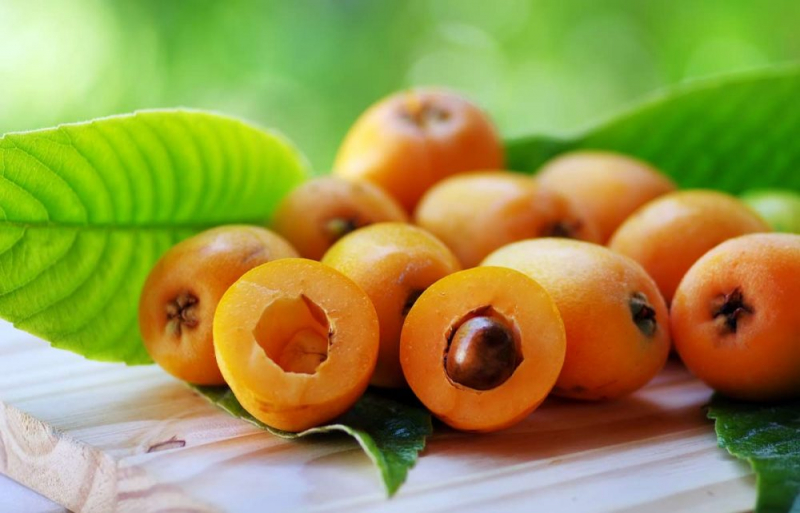
Pinterest 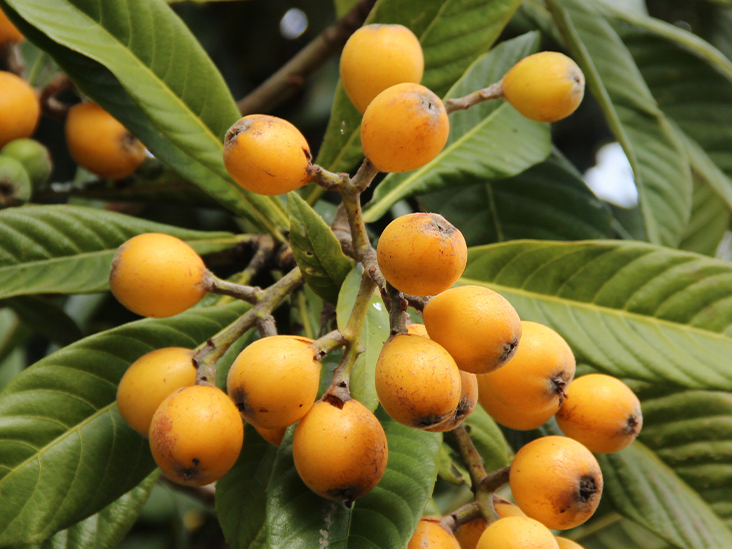
Adobe Stock -
Coconut, the edible fruit of the coconut palm (Cocos nucifera), a tree of the palm family (Arecaceae). Coconut is a famous summer fruit in Cuba. The name “coconut” comes from the “coco” word, which means “skull” in Portuguese. This fruit has its origin in the Central Indo-Pacific. Gradually, its cultivation takes place in many areas worldwide. Coconut flesh is high in fat and can be dried or eaten fresh or processed into coconut milk or coconut oil. The liquid of the nut, known as coconut water, is used in beverages.
Coconut is a drupe fruit that includes 3 layers. The exocarp is the glossy and green skin of coconut. Beneath the exocarp layer, you will see the thick fiber layer, it is called mesocarp. The endocarp is the final layer of this fruit. The harvested coconut also produces copra, the dried extracted kernel or meat, from which coconut oil, a significant vegetable oil, is expressed, in addition to the edible kernels and the drink made from green nuts. In order to make coconut milk, which may be used in cooking and as a substitute for cow's milk, the meat can also be grated and combined with water. Coir, a fiber that is highly resistant to seawater and is produced from the dry husk, is used to make ropes, mats, baskets, brushes, and brooms.
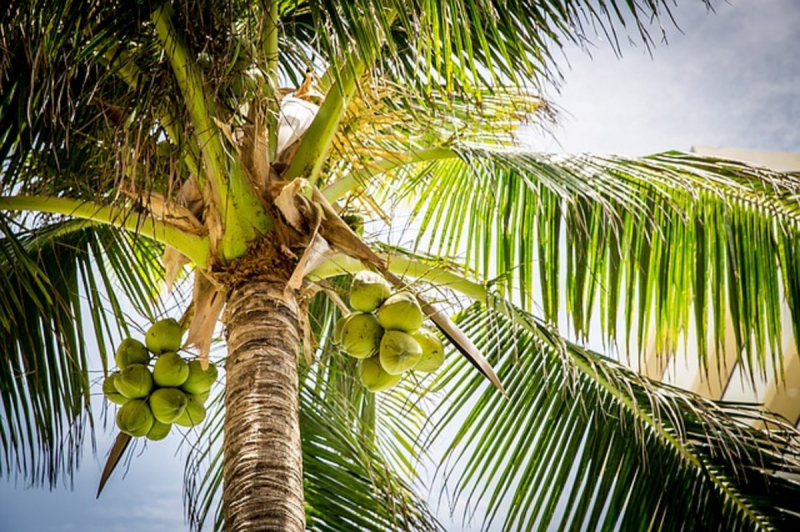
Owlcation 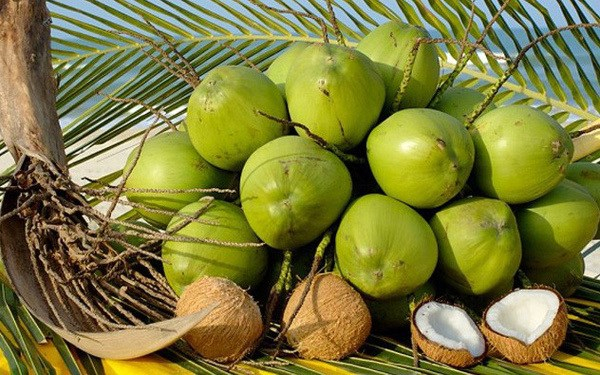
Vietnamplus -
The avocado (Persea americana) is a medium-sized, evergreen tree in the laurel family (Lauraceae), native to the Americas. It is widely cultivated for its large, fleshy fruit. When coming to Cuba, you will have the chance to try many delicious Cuban side dishes containing avocados, such as salads or sauces. Most tourists do not want to miss Cuban avocado because of its fantastic flavor and texture.
The fruit of this plant, often known as avocado, avocado pear, alligator pear, or simply "avo", is a huge berry with a single enormous seed. Avocado trees are partially self-pollinating and are often propagated through grafting to maintain predictable fruit quality and quantity. When domestic cultivars are fully mature, their fruit has smooth, buttery, golden flesh. Avocados can be pear-shaped, egg-shaped, or spherical and can have green, brown, purple, or black skin depending on the variety. Commercially, the fruits are harvested when they are still immature and let ripen afterward. Avocado flesh's high vitamin and fat content, as well as its texture, make it suitable for usage in a variety of dishes, including salads and vegetarian diets.
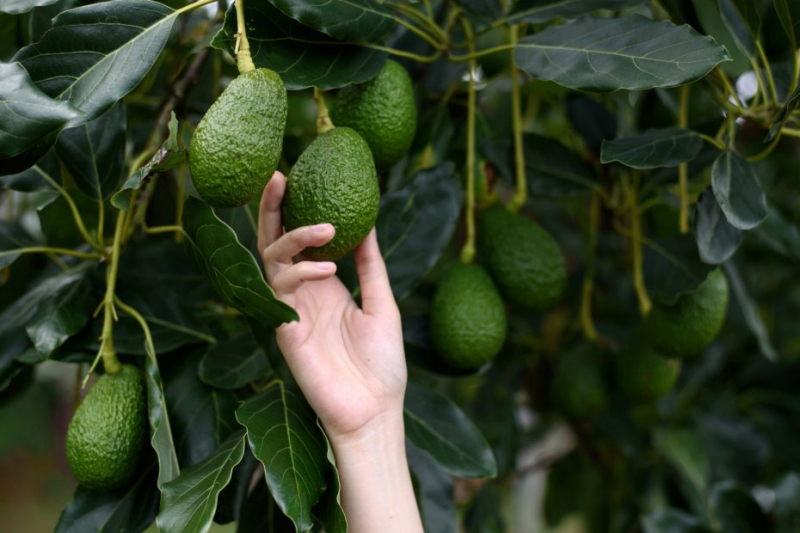
Reyes Gutiérrez 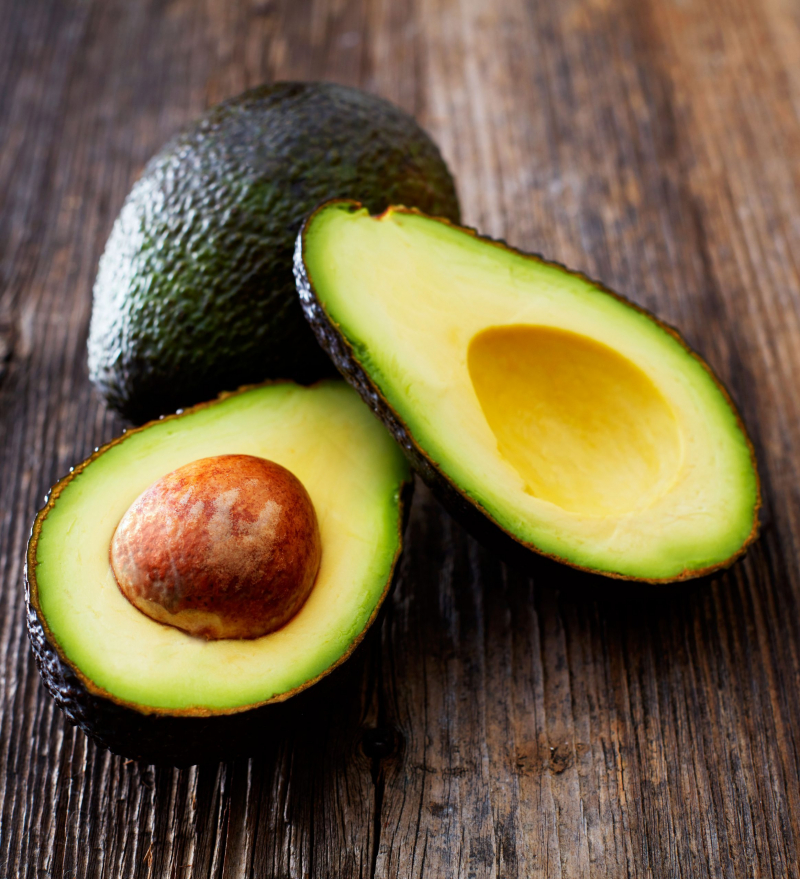
BBC Good Food -
Guava is a common tropical fruit cultivated in many tropical and subtropical regions. The common guava Psidium guajava (lemon guava, apple guava) is a small tree in the myrtle family (Myrtaceae), native to Mexico, Central America, the Caribbean, and northern South America. Guava is one of the famous Cuban fruits. Also, this fruit is a widespread Peruvian fruit. It has become an essential ingredient in many yummy Cuban desserts, such as ice cream, jams, juices, and smoothies in Cuba.
Depending on the species, guava fruits are either round or oval and range in size from 4 to 12 centimeters. They have a strong, distinctive scent that is reminiscent of lemon peel but less astringent. The outer skin may be silky and delicious or tough and can have a bitter taste. The thickness of the skin varies between species, and it is often green before maturation but can turn yellow, maroon, or green when it is fully developed. Off-white ("white" guavas) to deep pink, the pulp inside can be sweet or sour ("red" guavas). Depending on the species, the amount and hardness of the seeds in the core pulp vary.
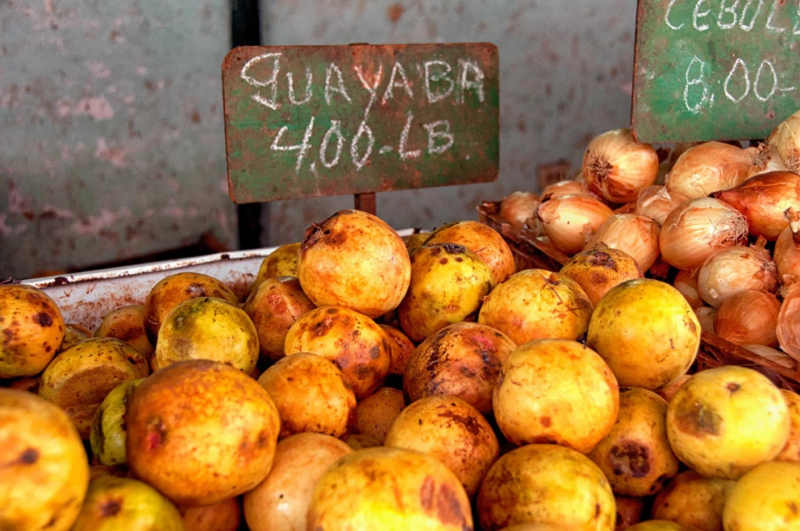
Rove.me 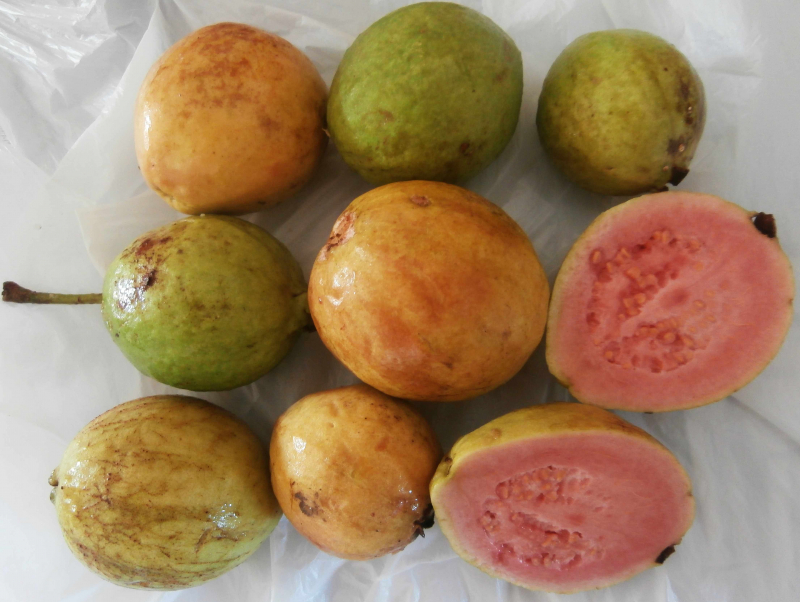
Wikimedia Commons -
Soursops are a tropical fruit, botanically classified as Annona muricata, and are close relatives of the cherimoya, atemoya, and custard apple. They are also commonly referred to as Graviola or Guanabana. There are many varieties of Soursop, with 14 different types cataloged on the island of Puerto Rico alone. They are categorized by acidity, shape, and flesh consistency. Natural compounds found within the flesh, bark, and leaves of the Soursop have been linked to fighting certain cancers.
Evergreen trees that can grow up to 9 meters tall and have broad, glossy green leaves are the source of sourops. The fruit's uneven shape, which can range from oval to heart- or kidney-shaped, is accentuated by its coating of tiny prickly protrusions. Averaging 10 to 30 cm in length and weighing up to 15 pounds, souros are quite huge. The dark green, leathery skin of the fruit turns pale green as it ripens and will give light pressure. Cream-colored inner pulp easily separates into fibrous, juicy segments with glittering, oval-shaped, inedible black seeds inside of them. The flavor of soursops is evocative of pineapple, strawberry, coconut, and banana, and they have a tropical aroma. Almost all Cubans and tourists love to try this fruit and the excellent recipes made from soursops.
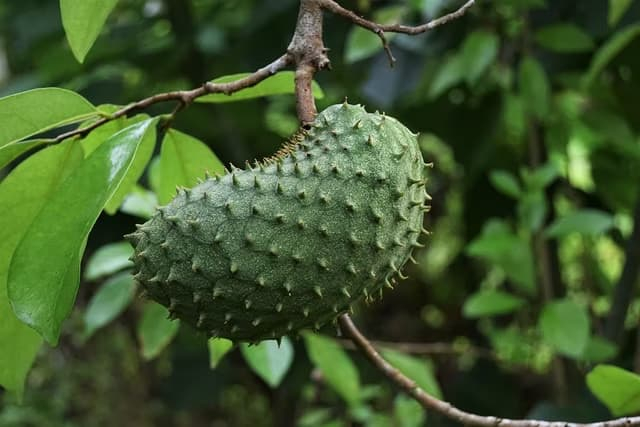
The 500 Hidden Secrets 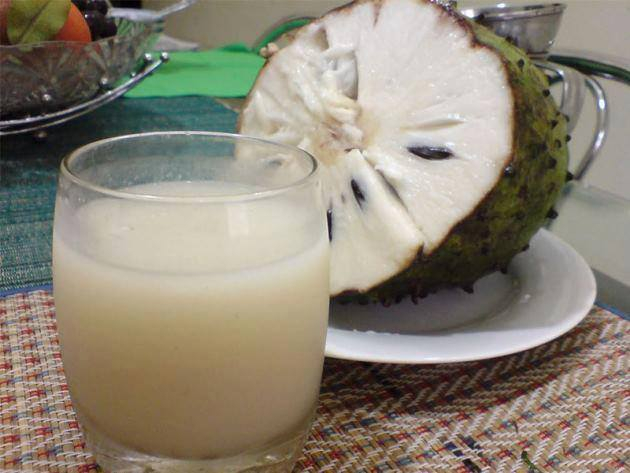
Best Cuba Guide -
Tamarind (Tamarindus indica) is a leguminous tree bearing edible fruit that is probably indigenous to tropical Africa. The genus Tamarindus is monotypic, meaning that it contains only this species. It belongs to the family Fabaceae. Throughout South Asia and the tropical world, tamarind trees are used as an ornamental, garden, and cash crop plantings. Commonly used as a bonsai species in many Asian countries, it is also grown as an indoor bonsai in temperate parts of the world.
The brown, pod-like fruits that the tamarind tree produces are utilized in foods all around the world because of their sweet, acidic pulp. Additionally, the pulp is utilized as metal polish and in conventional medicine. Tamarind seed oil can be extracted from the seeds of the tree and used in woodworking. The fruit is best described as sweet and sour in taste and is high in tartaric acid, sugar, B vitamins, and, unusually for a fruit, calcium. In Cuba, this fruit is common at the Havana beaches, and you should try the dessert recipe with tamarind jammy balls tossed in sugar.
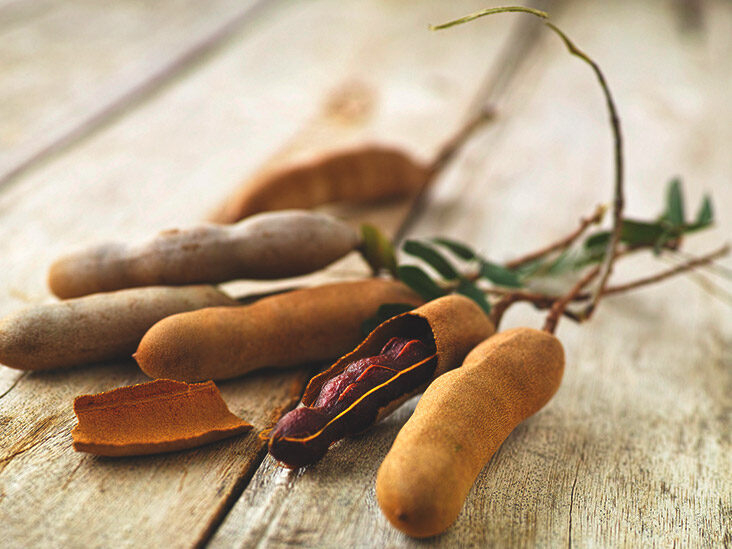
Healthline 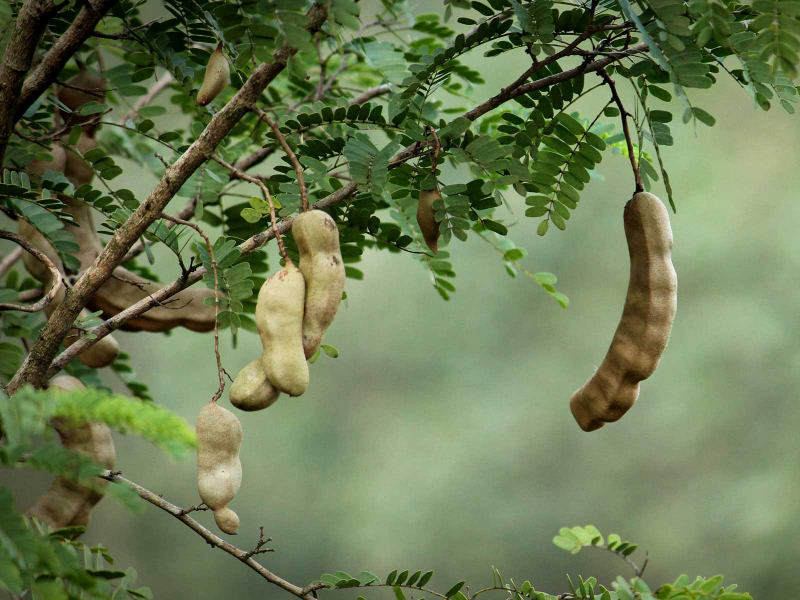
Umami Days -
Papaya, (Carica papaya), also called papaw or pawpaw, succulent fruit of a large plant of the family Caricaceae. Though its origin is rather obscure, the papaya may represent the fusion of two or more species of Carica native to Mexico and Central America. Today it is cultivated throughout the tropical world and in the warmest parts of the subtropics. The papaya fruit is slightly sweet, with an agreeable musky tang, which is more pronounced in some varieties and in some climates than in others. It is a popular breakfast fruit in many countries and is also used in salads, pies, sherbets, juices, and confections. It is hard to resist the smooth and creamy texture of Fruta bomba or papaya. Thanks to the outstanding advantages, this fruit appears commonly in many delicious Cuban foods.
Despite growing up to 8 meters (26 feet) tall and having a palm-like trunk, the papaya plant is not as woody as the name might suggest. The fruit often has a spherical to a cylindrical shape, measures 75 to 500 mm in length or even longer, and occasionally weighs up to 9 to 11.5 kg. The extremely delicious flesh has a rich yellow, orange, or crimson hue. The numerous spherical, wrinkled black seeds adhere to the walls of the expansive central chamber. A protein-digesting enzyme called papain, which has a strong resemblance to the animal enzyme pepsin in its digestive function, is present in the unripe fruit's milky liquid. This juice is employed in the creation of a number of indigestion cures as well as in the production of meat tenderizers.
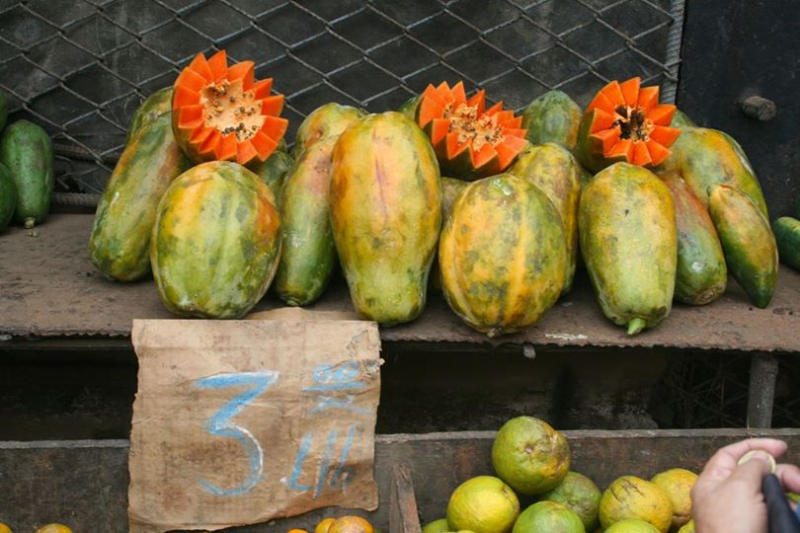
Best Cuba Guide 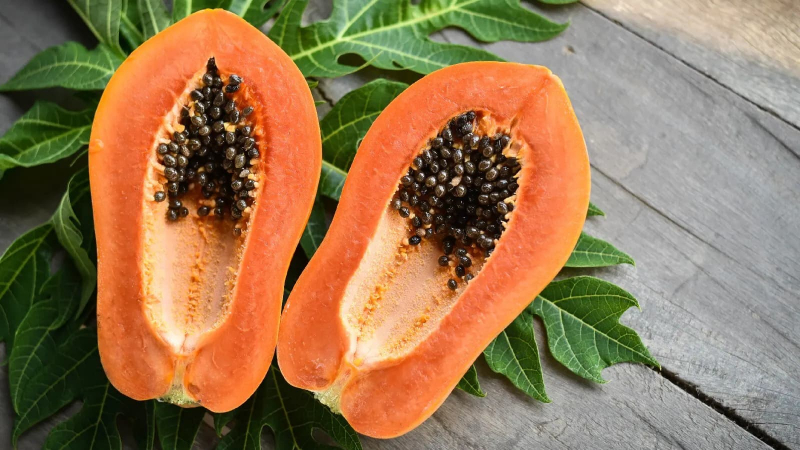
Healthshots












